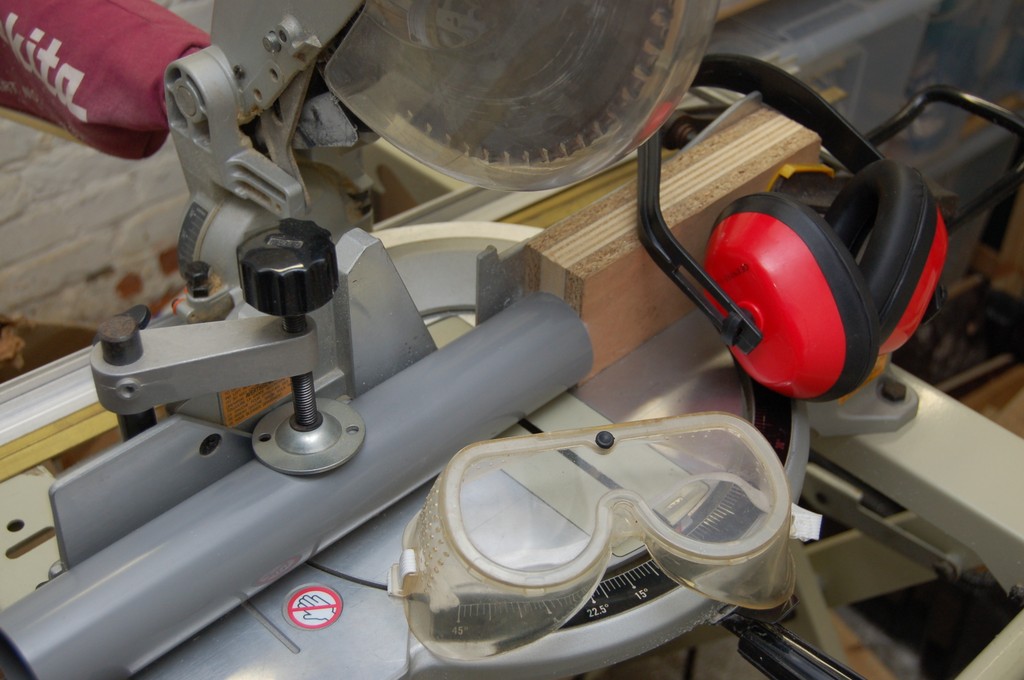Star Quad Transmission Line Calculator
Serge Y. Stroobandt, ON4AA
Copyright 2018–2024, licensed under Creative Commons BY-NC-SA
- Home
- Star Quad TL
Introduction
This calculator is a tool for designing a star quad open‑wire balanced transmission line, also known as quadro line or as four‑wire cross‑connected balanced feeder.1(pp401-402) Such a line is similar to star quad microphone cable, but then open and straight.
Four open‑wire conductors carry the two legs of the balanced line. These four conductors are arranged in a four‑pointed star, forming a square. Opposite points of the star are connected together at each end of the cable to form each leg of the balanced circuit (Figure 1).

Connection diagram of the star quad transmission line. Adapted from: Screen (shield) mechanism for wire and cable, Mogami International Trading Inc., Japan.
Given the desired characteristic impedance \(Z_\text{c}\) and the diameter \(d\) of the four parallel circular conductors, the calculator yields the required diagonal distance \(D\) between the wire centres (Figure 2). The conductors being massive or hollow does not affect the characteristic impedance.

Dimensions of the star quad transmission line
Star quad open‑wire transmission line offers a lower characteristic impedance than open‑wire ladder line for the same separation between the wires. This renders constructing 200 Ω star quad line feasible, where it is not for ladder line. Below 300 Ω, the construction of twin‑line becomes impracticable and, moreover, weather susceptible because of its tiny width. Star quad open-wire line is particularly useful for feeding any antenna involving a 4÷1 200 Ω balun; like many off‑center fed dipole (OCFD) antennas and many large horizontal loop antennas.
Suppression of magnetic interference
Another highly desirable benefit of star quad open‑wire transmission line is that, compared to twin line, it offers 10 to 30 dB suppression of magnetically induced interference.2,3 This is due to both wire pairs forming loops around the center of the star, exposing exact equal loop areas to any interfering external magnetic field. Such a magnetic field will induce equal electromotive forces (voltages) and corresponding equal currents. These induced and interfering common mode currents will be ignored by the balun feeding the star quad line. Only differential mode signals will be converted by the balun into an asymmetrical signal.
This, again, is a useful feature for feeding OCFDs. Common mode currents induced on the feed line of an asymmetrical antenna will be effectively suppressed.
Construction

Cutting 36 mm lengths of thin‑walled OD 50 mm PVC pipe with a mitre saw. A clamped block of wood at 36 mm from the saw blade serves as an end stop. Use personal protective equipment (PPE) when operating power tools.

Drilling a PVC spreader for an open star quad line using a slightly modified V-block from Aliexpress. The V‑block is screwed against an aluminium back panel. The pipe for the spreader is OD 50 mm thin‑walled grey PVC. It fits snugly between the V‑block and the pre‑drilled aluminium angle stock. The PVC pipe is 36 mm long, putting the first hole of the V‑block at its center. Four holes are drilled two at a time with a ⌀7 mm HSS drill bit. Always drill vertically through a V‑block and apply ample lubricant to prevent wear of the V‑block drill cylinders.
TODO: Add a picture of the finished line.
Formulas
The following formula1(p402),4(p151),5 approximates the characteristic impedance \(Z_\text{c}\) of a star quad open‑wire parallel transmission line for \(d \ll D\):
\[Z_\text{c} \approx \frac{138}{\sqrt{\epsilon_\text{r}}}\;\log_{10}{\left(\frac{D}{d}\right)}\]
Rearranging and solving (1) for \(D\):
\[D = d\cdot10^{\left(\frac{Z_\text{c}}{138}\sqrt{\epsilon_\text{r}}\right)}\]
\[s = D - d\]
\(D\): the centre to centre diagonal distance
\(d\): the diameter of the circular conductors
\(Z_\text{c}\): the desired characteristic impedance of the transmission line
\(\epsilon_\text{r}\): the relative dielectric constant of the surrounding medium (1.00054 for air)
\(s\): the diagonal space between the circular conductors
Brython source code
Here is the Brython code of this calculator. Brython code is not intended for running stand alone, even though it looks almost identical to Python 3. Brython code runs on the client side in the browser, where it is transcoded to secure Javascript.
Measuring characteristic impedance
The characteristic impedance of a transmission line can easily be determined from two vector network analyser (VNA) measurements. This is explained in detail here.
References

This work is licensed under a Creative Commons Attribution‑NonCommercial‑ShareAlike 4.0 International License.
Other licensing available on request.

Unless otherwise stated, all originally authored software on this site is licensed under the terms of GNU GPL version 3.
This static web site has no backend database.
Hence, no personal data is collected and GDPR compliance is met.
Moreover, this domain does not set any first party cookies.
All Google ads shown on this web site are, irrespective of your location,
restricted in data processing to meet compliance with the CCPA and GDPR.
However, Google AdSense may set third party cookies for traffic analysis and
use JavaScript to obtain a unique set of browser data.
Your browser can be configured to block third party cookies.
Furthermore, installing an ad blocker like EFF's Privacy Badger
will block the JavaScript of ads.
Google's ad policies can be found here.
transcoded by
 .
.


